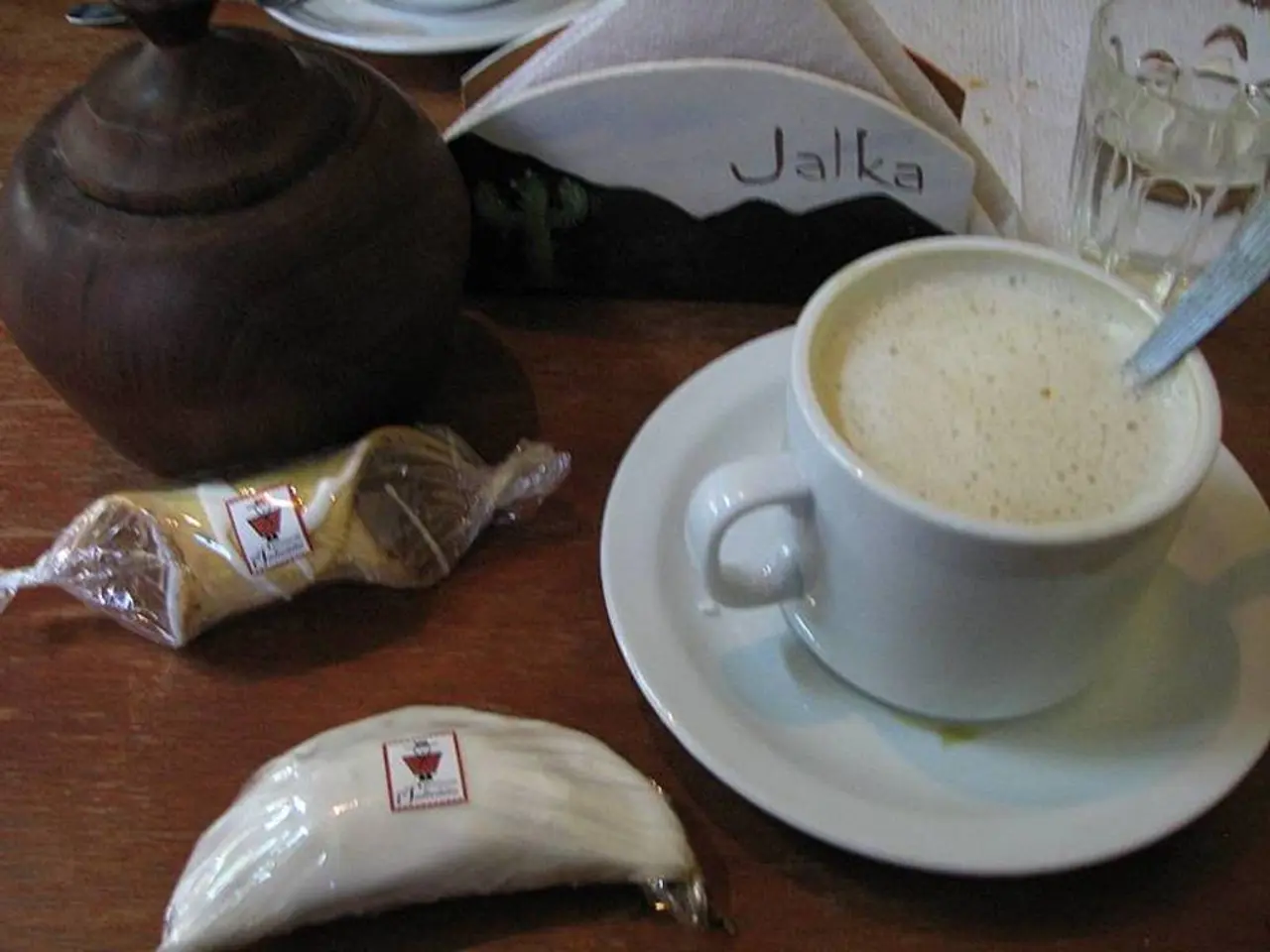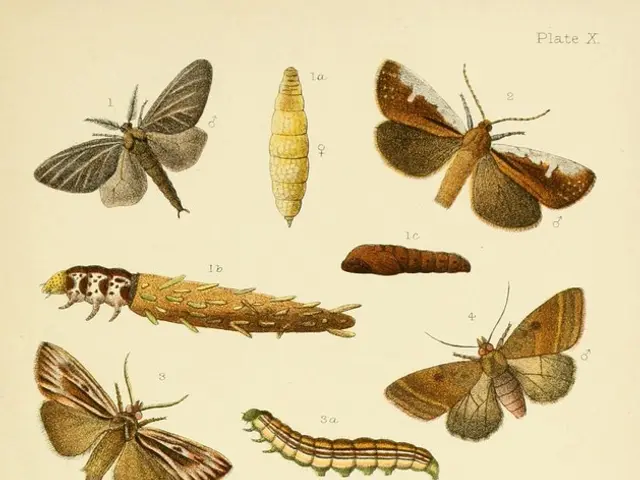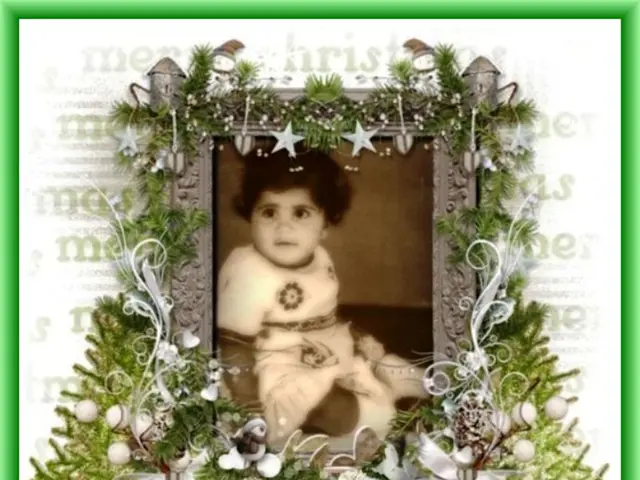Factors Influencing Appearance Post-Breast-Preserving Surgery: An On-going Individual Study
At Tata Memorial Centre, a comprehensive cancer treatment centre in India, the aesthetic outcomes of breast conservation surgery (BCS) patients before radiotherapy are influenced by several key factors. These factors, while not explicitly detailed in the centre's specific search results, can be understood through relevant knowledge about breast conservation surgery aesthetics.
One of the primary factors affecting the aesthetic outcomes is the surgical technique and extent of tissue removal. Oncoplastic techniques, which combine tumor removal with plastic surgery principles, are known to improve aesthetic outcomes by reshaping the breast during surgery.
Tumor location and breast size also play significant roles. Tumors located near the skin or chest wall, or large tumors requiring more extensive resection, may lead to more noticeable deformities before radiotherapy.
Patient factors, such as breast size, ptosis (breast sagging), skin quality, and healing capacity, also affect the breast's appearance post-surgery and before radiation.
Postoperative complications, such as hematoma, infection, or poor wound healing, can adversely affect the breast’s aesthetic appearance prior to radiation. Proper postoperative monitoring and management are critical, as highlighted in surgical post-op care protocols.
The timing between surgery and radiotherapy is another crucial factor. A longer delay may allow for more healing and swelling resolution, improving the initial aesthetic outcome.
The use of reconstructive modalities, such as lipomodelling (fat grafting) and oncoplastic reconstruction, can enhance aesthetic satisfaction even before radiation therapy.
A recent study involving 377 patients who underwent BCS and were planned for adjuvant radiotherapy at Tata Memorial Centre found that smaller breast size, older age, and a higher breast-tumor ratio were found to adversely affect pre-radiotherapy cosmetic outcome. The study also found that oncoplastic breast surgery was performed in 40.8% of the patients.
The assessment of cosmesis by patients captured satisfaction with the appearance of the breast and satisfaction from the breast-conserving surgery. The study used frontal photographs, a gold standard method followed in randomized trials, for the assessment.
The BCCT.core software, which analyses several parameters related to asymmetry, colour differences, and scar appearance, was used for the objective assessment of the aesthetic outcome of breast conservation treatment photographs. This software provides an objective method for the aesthetic evaluation of breast cancer conservative treatment that yields reproducible results.
While the study did not find explicit clinical studies or data pinpointing factors specifically influencing pre-radiotherapy aesthetic outcomes in Tata Memorial Centre's patients, it did confirm that the centre employs advanced oncological and reconstructive techniques for breast cancer management, including oncoplastic surgery approaches. Close postoperative monitoring and training of staff to detect complications also play a role in preserving breast aesthetics before radiation treatment.
- The use of oncoplastic techniques in breast conservation surgery can improve the aesthetic outcomes by reshaping the breast during surgery.
- In addition to surgical techniques, patient factors such as breast size, age, and breast-tumor ratio can also adversely affect the pre-radiotherapy cosmetic outcome.
- Postoperative complications, such as hematoma, infection, or poor wound healing, can adversely affect the breast’s aesthetic appearance prior to radiation.
- Advanced oncological and reconstructive techniques, including oncoplastic surgery approaches, are employed by Tata Memorial Centre for breast cancer management to preserve breast aesthetics before radiation treatment, with close postoperative monitoring playing a crucial role.




